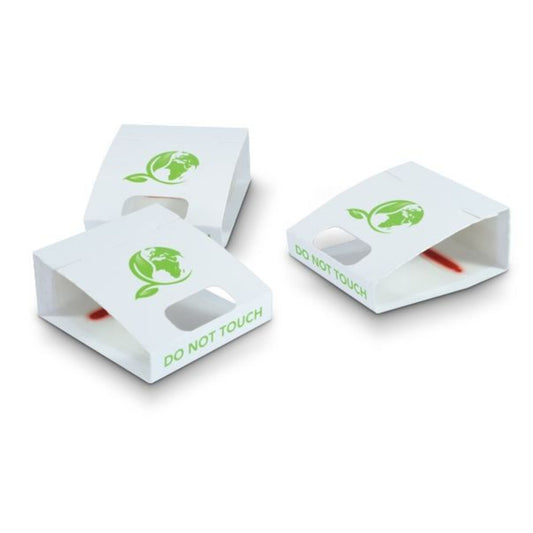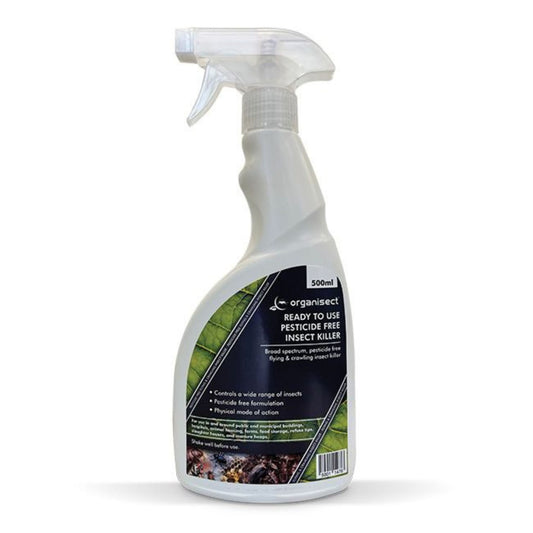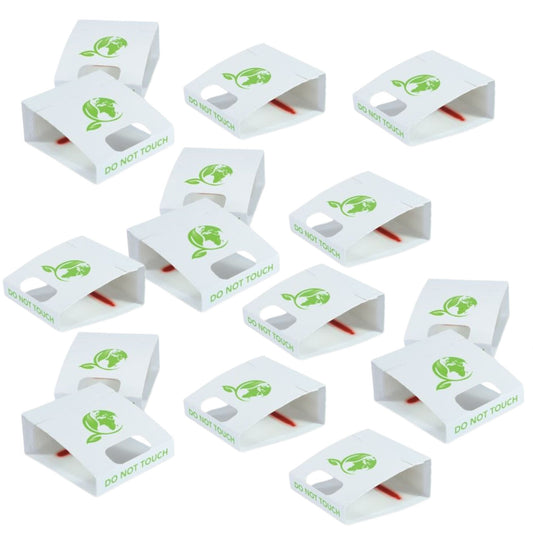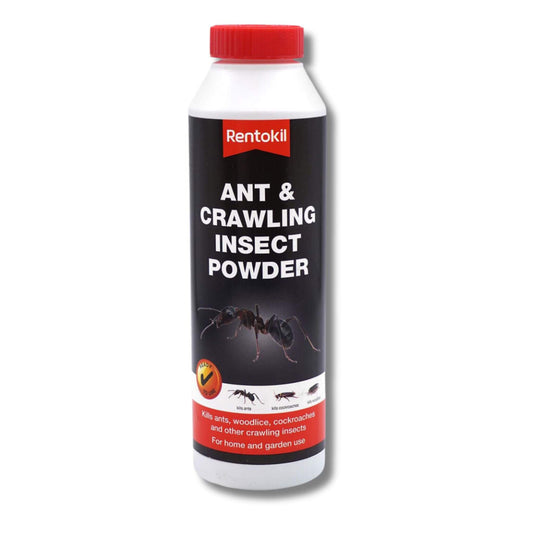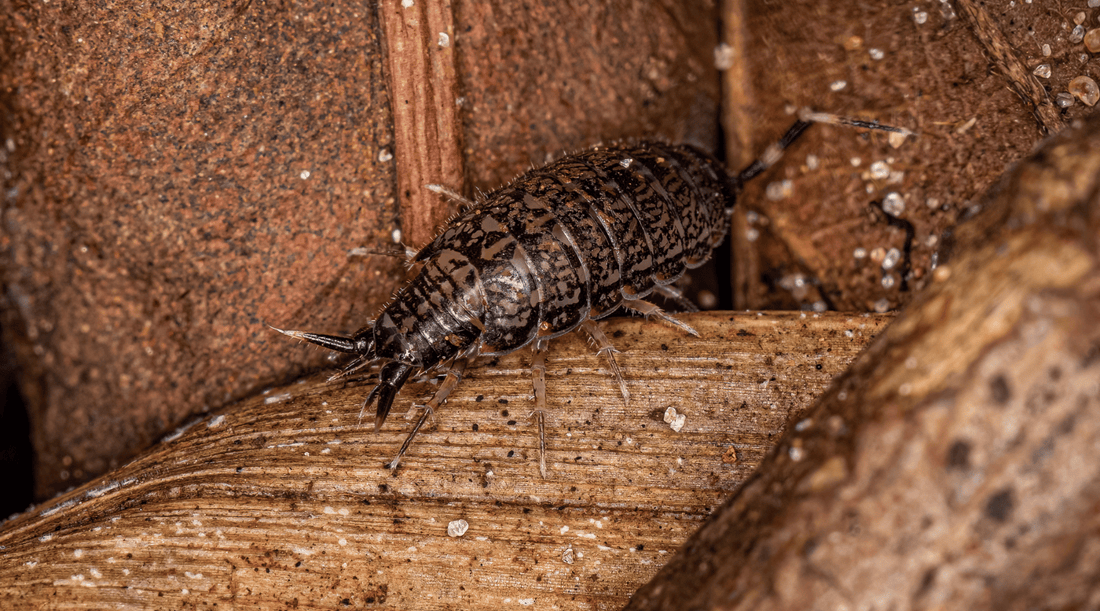
Why Do I Get Woodlice in My House? Common Causes and Solutions
Share
Most people are taken aback at the first sighting of woodlice in their home. Even though these little pests may be completely harmless they are hardly desirable.
It's important to take control of these small crustaceans quickly. This is so they do not breed and leave a noticeable trail that may become even harder to resolve.
This article discusses the most common causes of woodlice infestations and answers the common question, why do I get woodlice in my house?
Common Causes of a Woodlice Infestation
There are various reasons why you may stumble across woodlice in your home. Here are some of the most common reasons we come across along with our suggested solutions.
#1 Damp Areas in Home
Woodlice thrive extremely well in moist and humid environments. In terms of your home, this is likely to include areas such as your basement, bathroom, kitchen and garage. The typical moisture available in these places is often ideal for woodlice to establish a presence and multiply.
We recommend using dehumidifiers in areas of your home known to be damp. Remember to fix any leaks promptly and regularly check that exhaust fans are running effectively. This includes those in bathrooms and kitchens.

#2 Rotting Material
Woodlice also get attracted to decomposing organic matter that may be present in and around your home. This includes common organic matter such as wood, leaves, and other materials like that which woodlice enjoy eating. Outside your home, woodlice can often be found under the soil, rocks, logs, plant litter, and compost heaps. Some woodlice can even be attracted to damp paper products, vegetable peels and plant material kept indoors.
We recommend conducting regular maintenance around your home to limit the amount of decaying material. This includes cutting the grass, pruning plants and trees so that growth doesn't get out of control. You must also remove any decaying vegetation and organic debris.

#3 Entry Points
Woodlice enter through the cracks and crevices of windows, doors, and pipes which may only be a few millimetres in size. Poor sealing of these gaps in foundations and walls provides them easy access into your living space.
We recommend carrying out regular inspections of your home for possible entry points that woodlice can get through. Look out, especially for cracks and small gaps in and around windows, doors, floors, and pipes. Seal these areas thoroughly to prevent woodlice from entering your home.

#4 Indoor Plant Material
Indoor plant material such as potted plants can be magnets for woodlice especially if the soil is moist. Potted plants, especially overwatered ones, are attractive environments. This is because they are both a source of moisture and organic matter that woodlice can potentially feed off.
To reduce the risk of woodlice infestations, we recommend being mindful of your watering habits and avoid overwatering. You must also regularly check the plants for signs of pests and ensure that any fallen leaves or plant debris are promptly removed. If possible, place any potted plants in well-ventilated areas to reduce the scale of moisture build-up.

#5 Poor Ventilation
Stagnant air and poorly ventilated space provides a perfect humid breeding area for woodlice to thrive and multiply. Poorly ventilated areas in your home often include those such as basements, attics and storage rooms. These rooms typically lack airflow which prevents moisture from escaping. This provides the perfect conditions for woodlice.
To combat this we recommend ensuring that each room in your home has proper ventilation. Install or maintain exhaust fans in key areas like bathrooms, kitchens, and basements. If natural ventilation is limited, consider using air circulators or dehumidifiers. These will keep air flowing and reduce moisture levels. Regularly inspect these areas for signs of trapped humidity and take steps to improve air circulation where needed.

Final Word
We've shared some of the most common reasons for getting woodlice in your home along with solutions. Remember that early identification and immediate action are key to success. Regular cleaning, maintenance, damp reduction, ventilation and sealing off entry points can reduce the risk. You may also want to consider sticky traps to monitor infestation levels and diatomaceous earth powder to manage infestations.
We go to great lengths to ensure that all our DIY woodlice control products are effective & easy-to-use. You may also find our expert guide useful if you want to learn more about getting rid of woodlice from your home or workplace.


